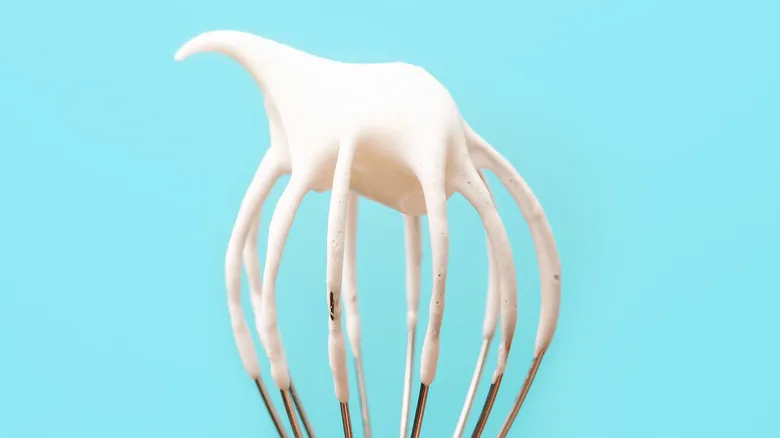What is cold whisk in a recipe?
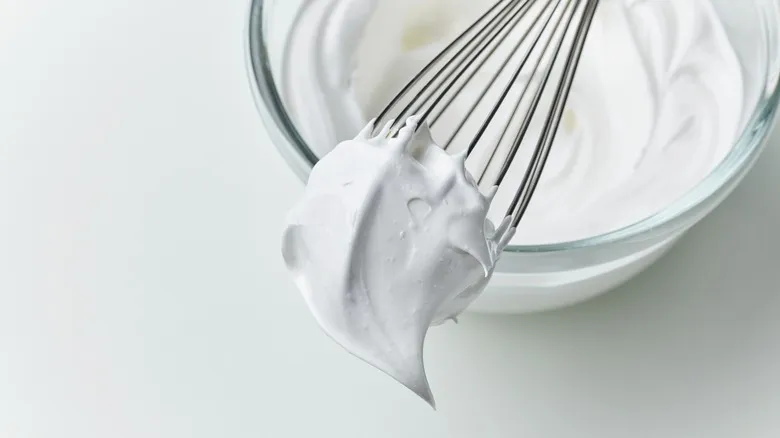
A chilled whisk should be kept cold until you're ready to use it. Cold utensils and mixing bowls are essential for making whipped cream and any recipe that involves whipping dairy products. When you whip cream, the fat within it solidifies as it cools. By using a whisk to whip the cream, you incorporate air bubbles into the solidified fat, resulting in a firm texture. This is also why whipped cream loses its structure when it warms up. Starting with a cold whisk, along with a cold metal mixing bowl, helps maintain the low temperature of the cream while you whisk, allowing it to achieve the desired firmness. A cold whisk can also help mitigate any heat generated from friction during mixing or from the ambient temperature of your kitchen.
While meringues and pavlovas share similarities with whipped cream in that they become firm when mixed, using a cold whisk for these recipes is not advisable. Meringue is made from egg whites, which need to be at a warmer temperature for the proteins to break down and effectively bond with air pockets during whisking. This process occurs more quickly when the egg whites are not cold. As a general guideline: use a cold whisk (around 40 degrees Fahrenheit) for whipped cream, and a room-temperature whisk (approximately 70 degrees Fahrenheit) for meringues and pavlovas.
How to cool a whisk
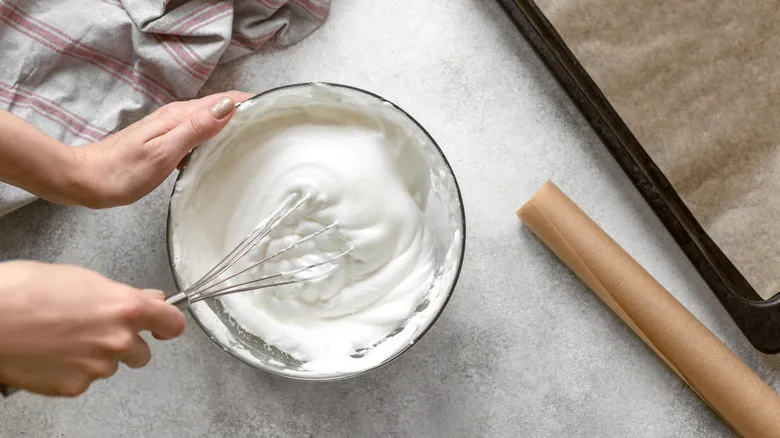
To achieve the best whipped cream, start by placing your whisk in the freezer for about 15 minutes to cool it down. For optimal results, it's also a good idea to chill any other utensils that will touch the whipped cream, such as your mixing bowl or spoon. A metal mixing bowl is preferable, as it cools more quickly than glass and retains the chill longer. Keep your utensils and kitchen tools in the freezer until you're ready to use them; if they stay in longer than 15 minutes, that's perfectly fine. You can't over-chill your whisk, so consider 15 minutes as the minimum time needed for it to be adequately cooled.
Using a chilled whisk can actually reduce the time it takes to whip your cream, so be sure to monitor it closely. If you whip the cream too much, the fat can separate, resulting in clumps, or curds. The next time you make homemade whipped cream, remember to chill your whisk for improved results and a quicker whipping process.
Recommended
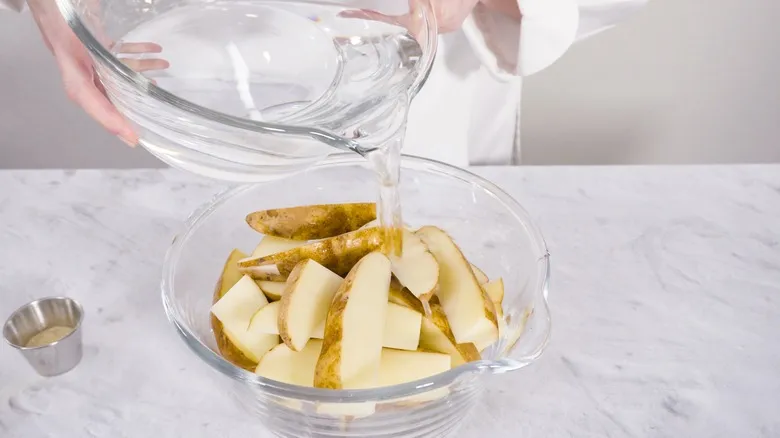
How Long To Soak Potatoes For The Crispiest Possible Fries
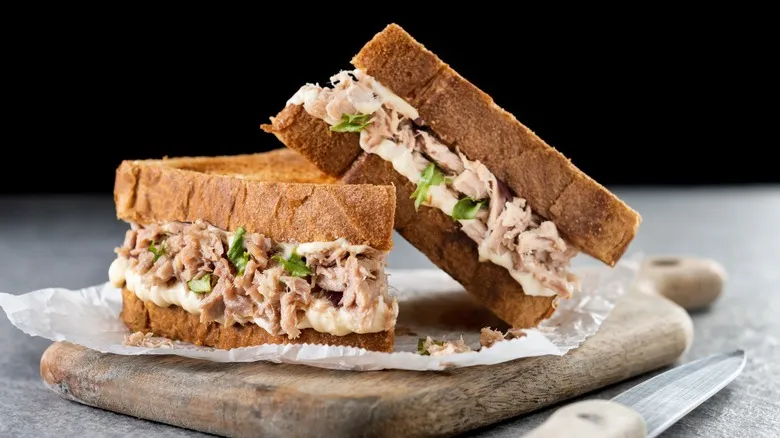
13 Easy Upgrades Your Tuna Sandwich Deserves

How Long Store-Bought Chicken Broth Lasts, Open Or Sealed

How To Clean A Dutch Oven With Burnt On Stains
Next up

